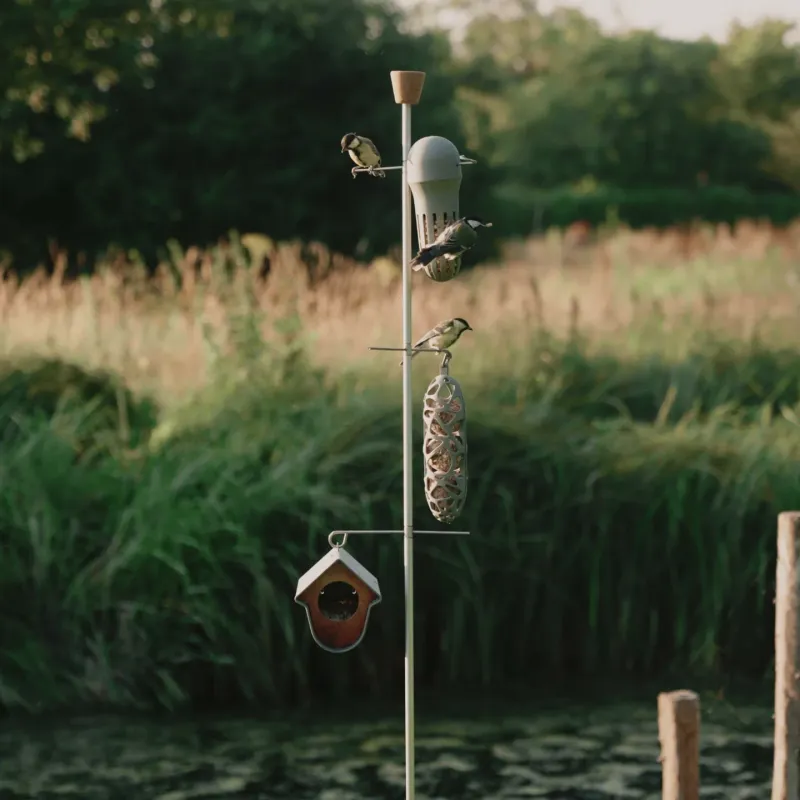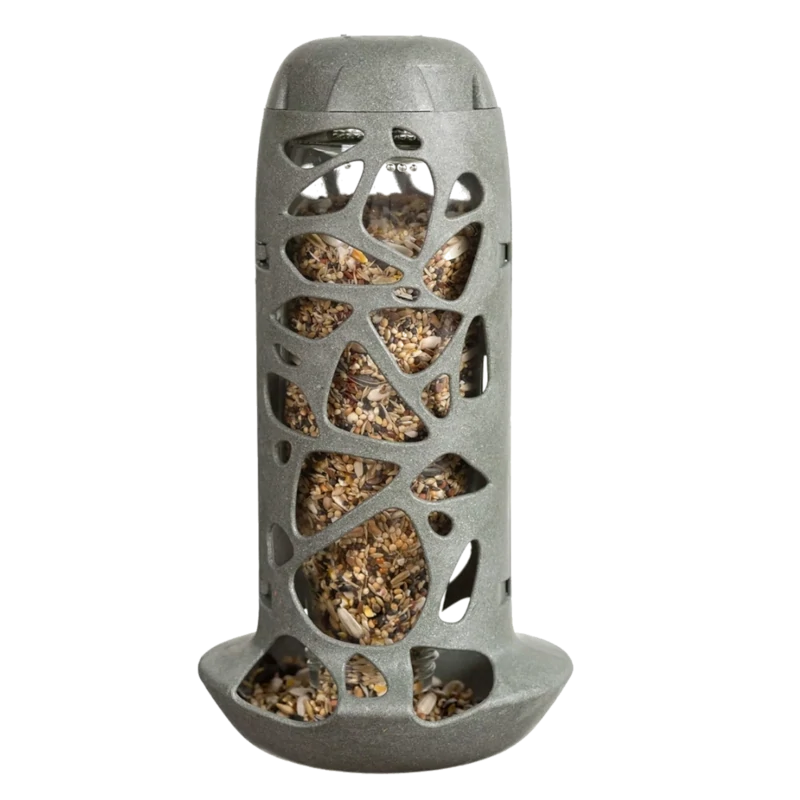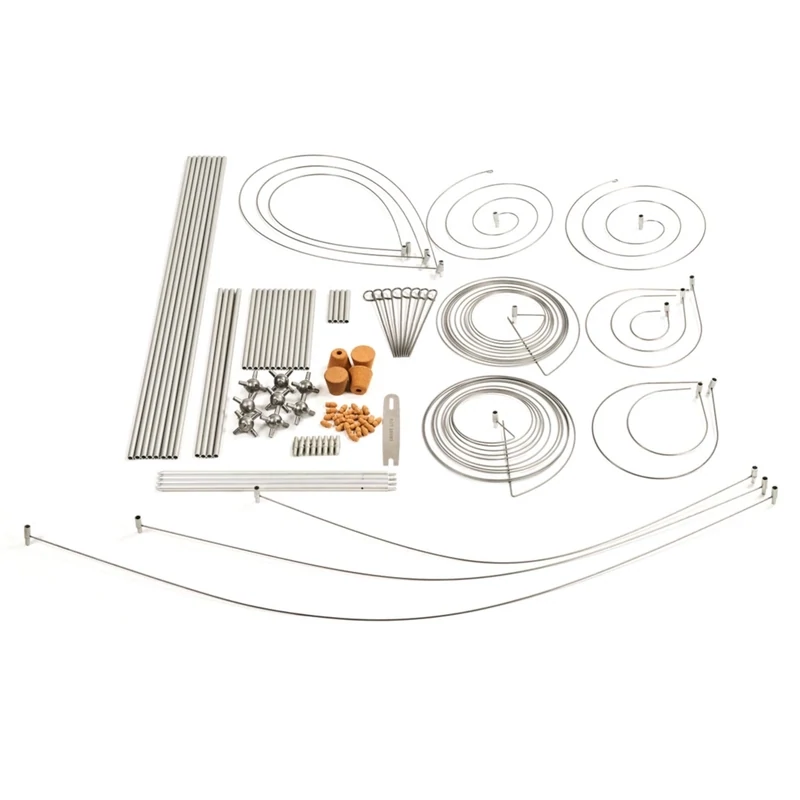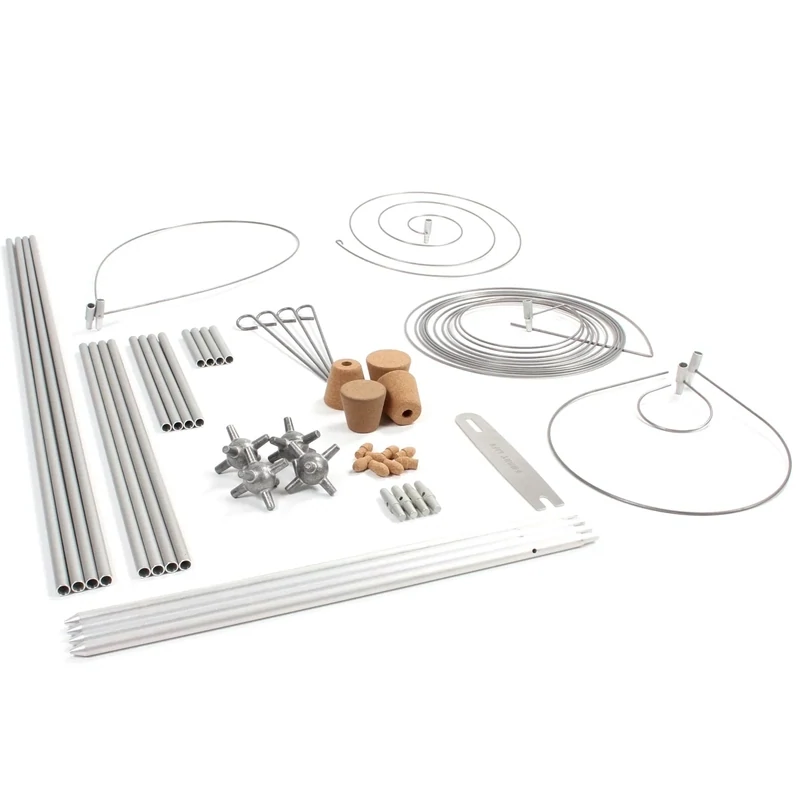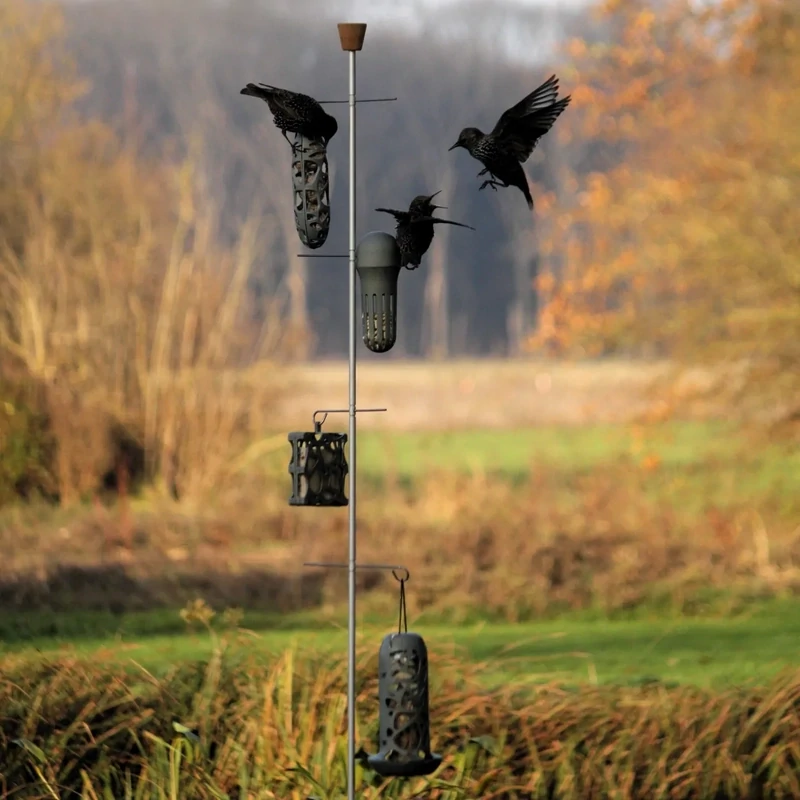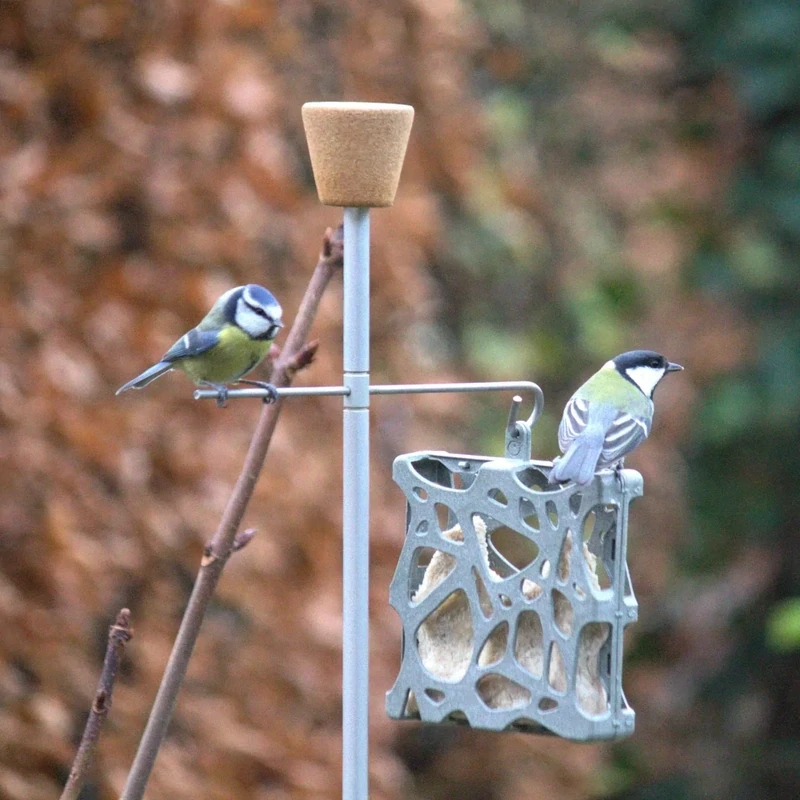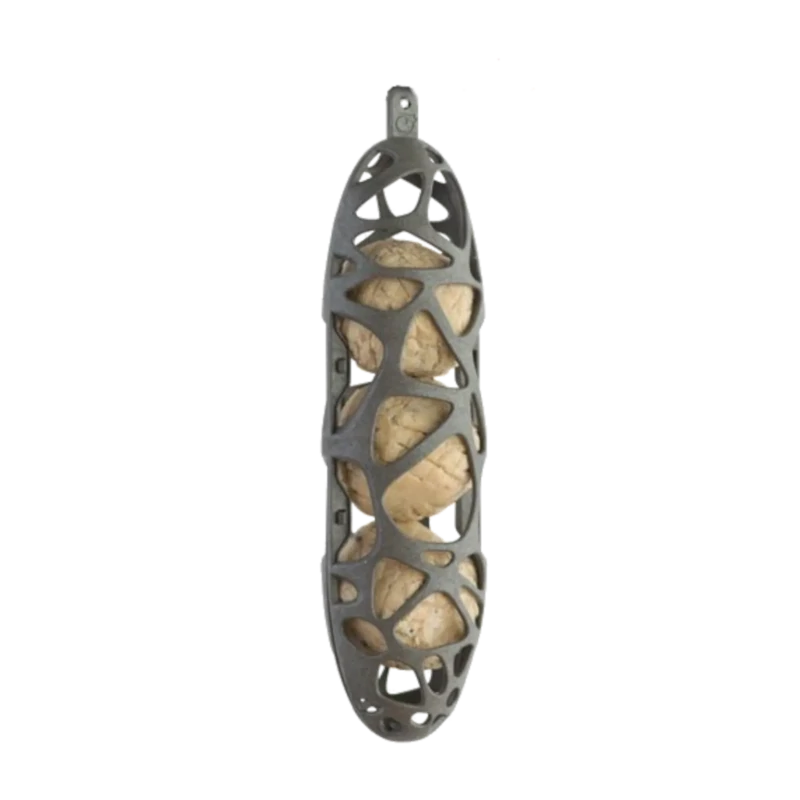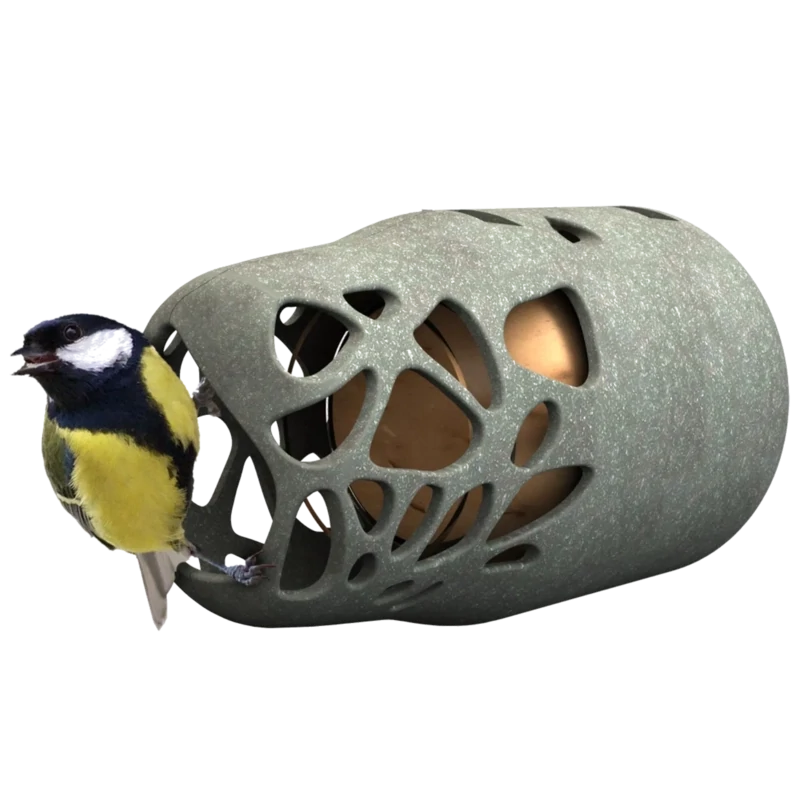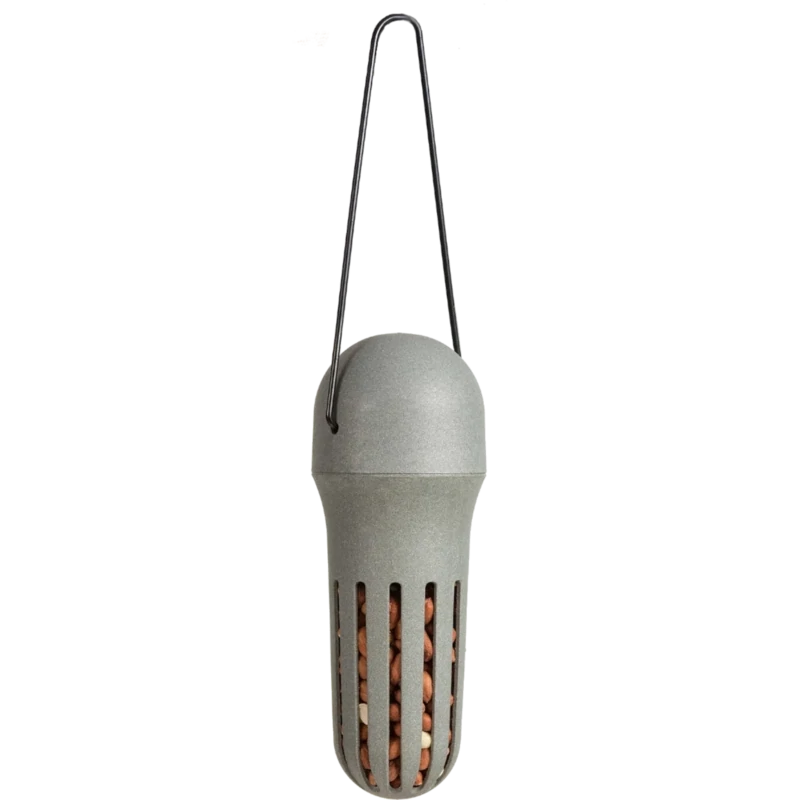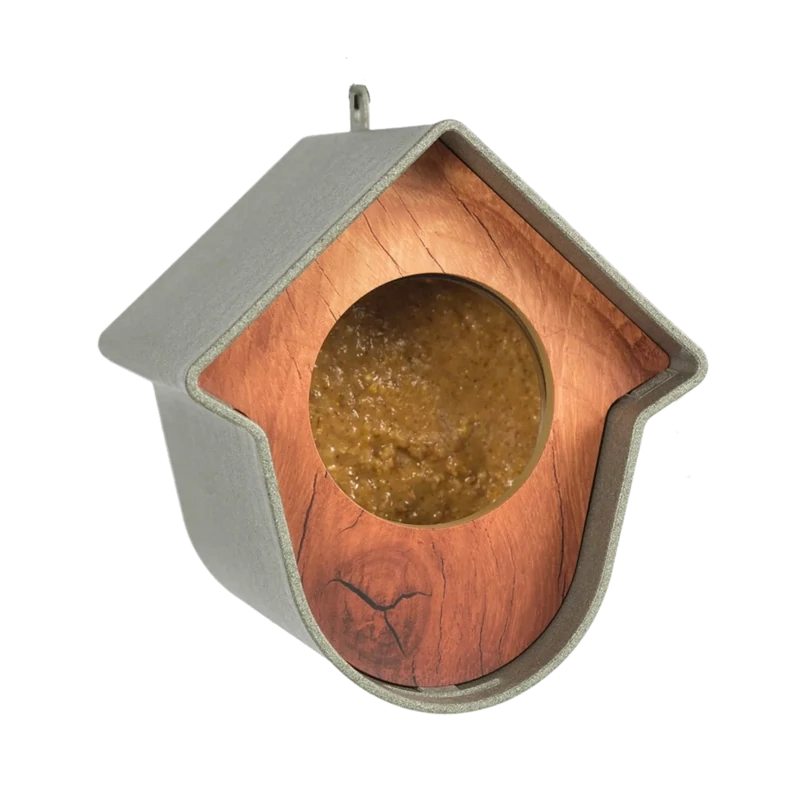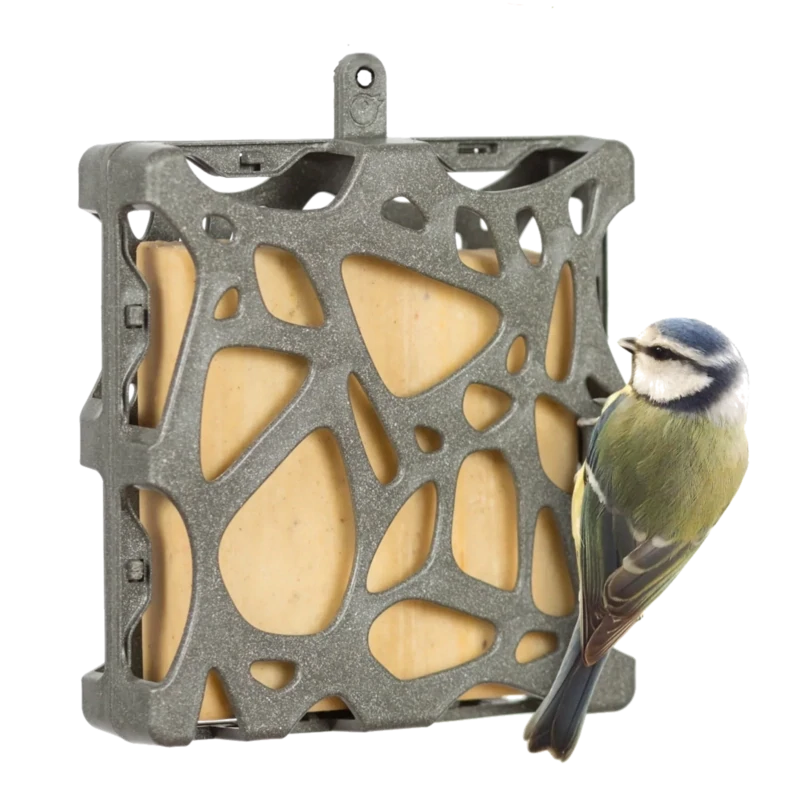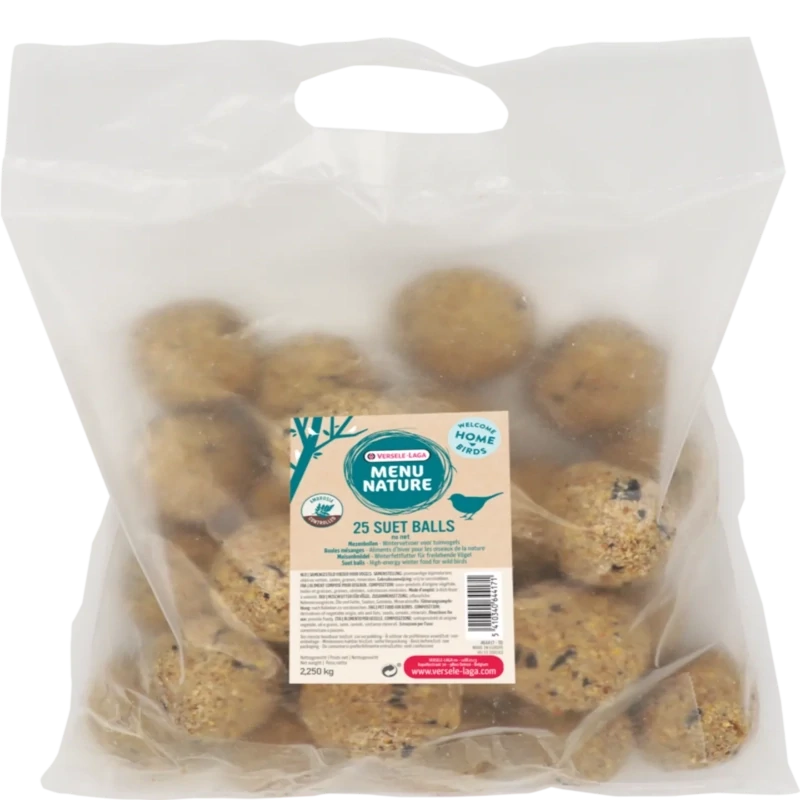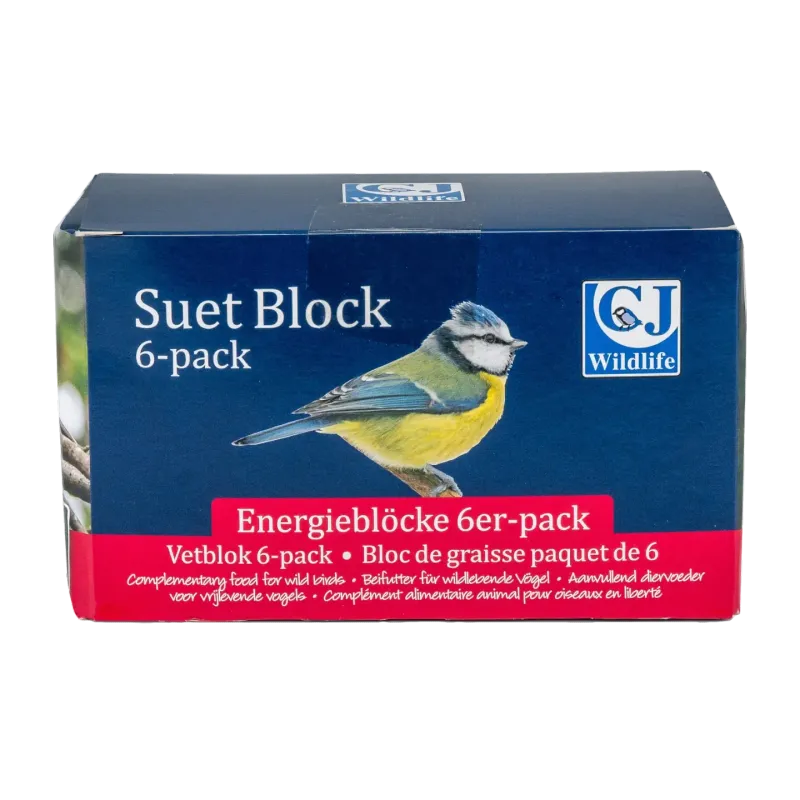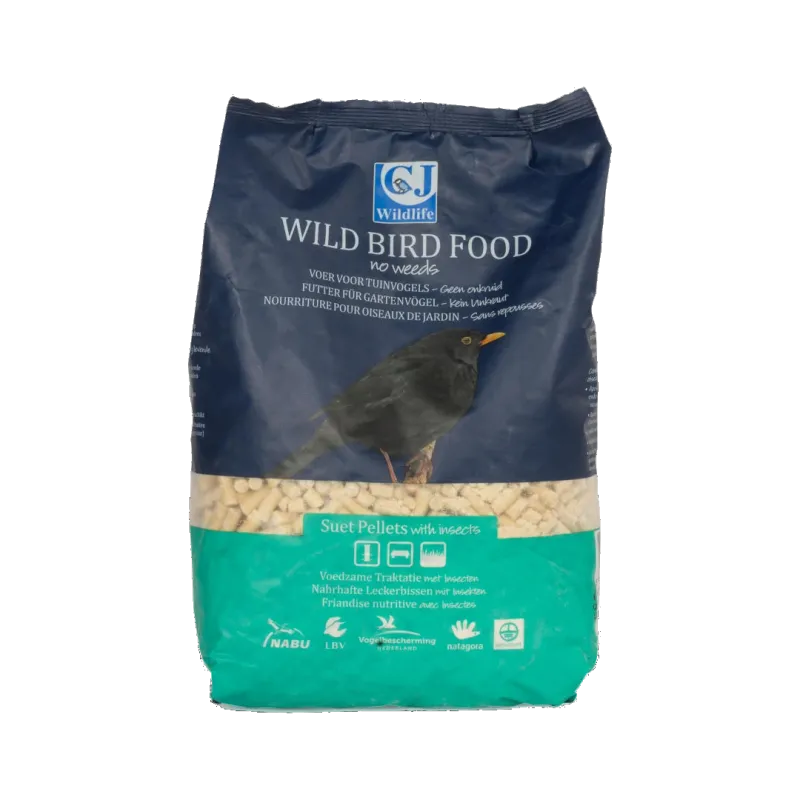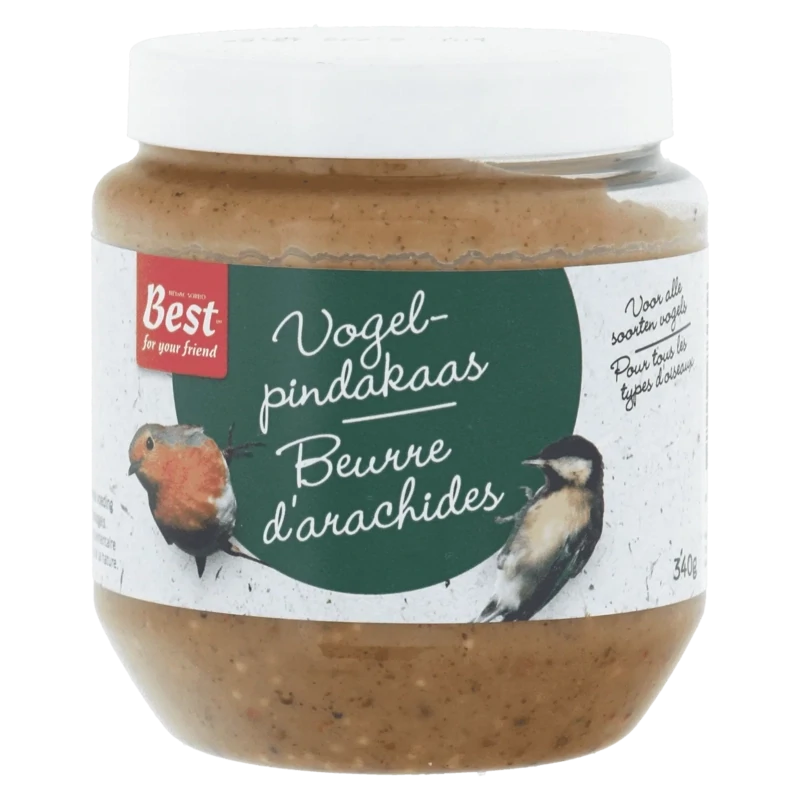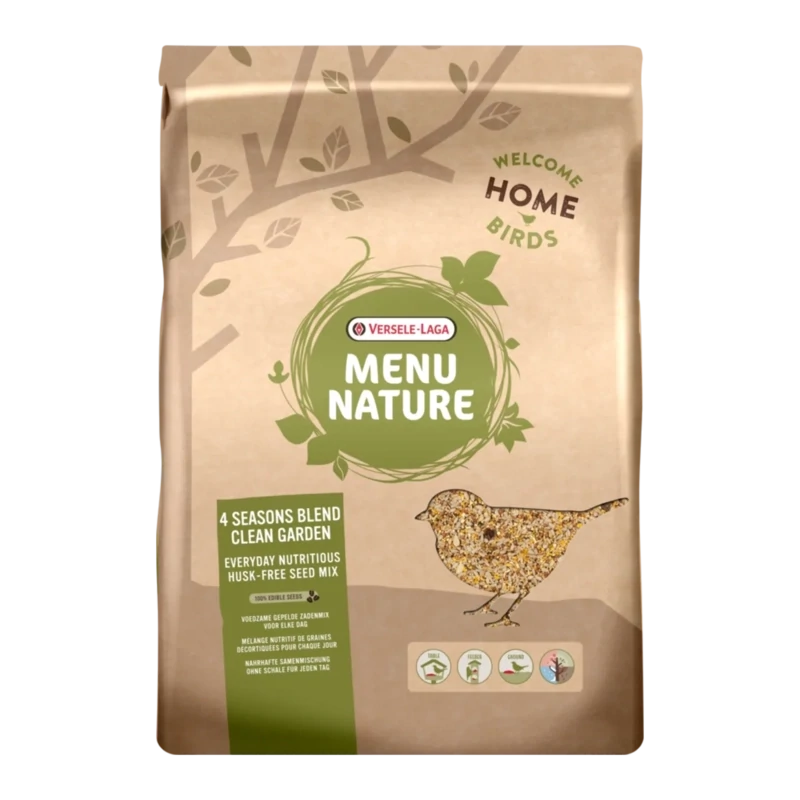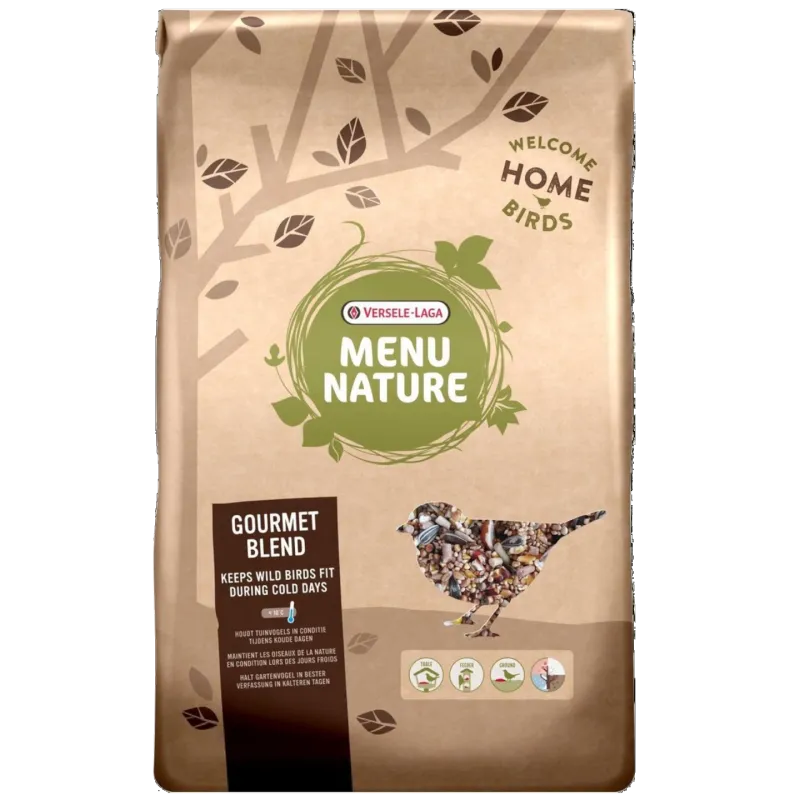Bird feeding stations
TURN YOUR OUTDOOR SPACE INTO A PARADISE FOR BIRDS
Quickly build the perfect, safe, and storm-resistant feeding station for garden birds. Watch birds come and go undisturbed while keeping them safe from cats.
Easily expand your modular setup with extra parts and fun feeding accessories. Reuse components year-round: a bird feeding station in autumn and winter, and a plant support in spring and summer. Temporarily store unused parts flat and compactly in your garden shed.
Questions or special requests? Call +32 16 847 832, email us, or chat via the button on the right side of this page.
HELP BIRDS THROUGH WINTER
And give them a little extra support throughout the year. Winter is a challenging time for birds to find enough food. There are fewer berries, insects, and seeds available—precisely when they need extra energy to maintain body heat during shorter days.
From mid-October through March, high-fat (high-calorie) foods like peanut garlands, suet balls, and peanut butter are especially welcome during freezing weather. These can be easily hung on the hooks of our bird feeding stations alongside compatible feeding accessories. Tits, woodpeckers, and other garden birds will be grateful. Scatter some food on the ground for finches, blackbirds, sparrows, wrens, and robins that prefer foraging.
During warmer months, supplemental feeding isn’t critical but can complement natural food sources. Suet balls and peanut garlands are less suitable then. Mealworms, seed mixes, table scraps, and fruit leftovers are more than sufficient. A raised bed, flower bed, or border with blooming plants and herbs will attract insects that birds love.
During extended dry spells, place a shallow bowl of water for birds to drink and bathe in. Keep the bowl clean and refresh the water daily. In winter, moisture is less of an issue due to rain puddles, and birds can eat snow during snowfall. However, during freezing weather, help birds with water. A three-quarter coconut filled with water hung on a hook of your feeding station works perfectly. Refresh the water often to prevent freezing.
FEEDING LOCATION
Place a bird feeding station near trees, large shrubs, or hedges, so birds have a safe and sheltered retreat from potential threats. Cats are the biggest danger. A slim, smooth metal pole prevents cats as well as squirrels and rats from climbing it. Ensure the feeding station is sufficiently high—at least 1.4 m—so cats can’t jump to it. Avoid areas with tall grass or low shrubs, as these are ideal for cats to stalk their prey.
Keep feeding stations away from windows, which are hard for birds to see and cause numerous accidents yearly.
Many birds naturally forage on the ground. Beneath bird feeding stations, they will enjoy leftover food that falls. Keep this area free of snow in winter and regularly clean feeding accessories to prevent spoiled food. Continue providing fresh food to let birds know your garden is a reliable feeding spot. In return, they’ll delight you with their comings and goings all year round.
EXTRA TIPS BIRD FEEDING STATION
